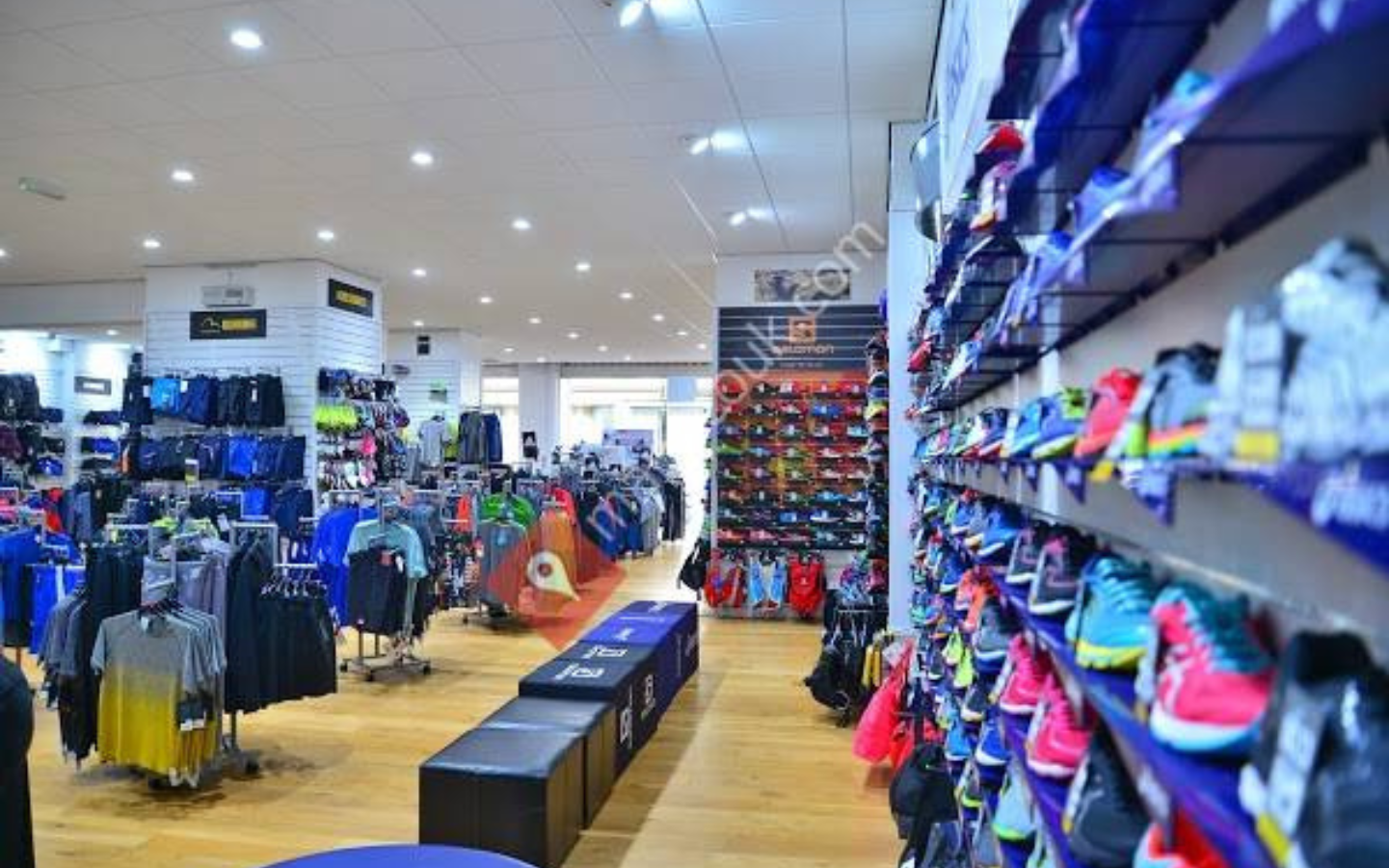Introduction to M and S
M and S has become a household name in the fashion industry, known for its chic styles and quality craftsmanship. But what’s the secret behind this iconic brand’s enduring success? From humble beginnings to becoming a staple on high streets across the UK, M and S has navigated trends and challenges with remarkable agility. This blog post will delve into their fascinating journey, unveiling the strategies that helped them rise to prominence once again. Whether you’re a fashion enthusiast or simply curious about brand resilience, get ready to uncover insights that could inspire your own path in style!
Read more The Benefits of Cooking with a Gas BBQ: Why You Should Make the Switch
History of M and S in the fashion industry
Marks & Spencer, commonly known as M and S, has a rich history that dates back to 1884. Founded by Michael Marks and Thomas Spencer in Leeds, the brand began as a market stall selling general goods. It wasn’t long before they ventured into clothing.
In the early 20th century, M and S started offering quality apparel at affordable prices. Their reputation for durability quickly grew. By the mid-1900s, they became synonymous with British fashion.
The introduction of their own-label products further solidified their position in the industry. Customers appreciated both style and value. This approach led to loyal clientele who trusted M and S for reliable fashion choices.
As decades passed, trends evolved but so did M and S’s offerings. They adapted to changing consumer needs while maintaining their core values of quality and affordability throughout their journey.
The turnaround strategy that saved the brand
M and S faced significant challenges as consumer preferences shifted. The brand recognized the need for change to remain relevant in a competitive market.
They initiated a bold turnaround strategy focused on reinvention. This included refreshing their product lines, integrating modern styles while retaining classic elements that loyal customers loved.
The focus wasn’t just on fashion; it extended to enhancing customer experience both in-store and online. M and S revamped its marketing approach, targeting younger demographics without alienating its core audience.
Another key aspect was streamlining operations, improving efficiency across supply chains. This allowed quicker response times to trends and better inventory management.
Strategic investments were also made into technology, ensuring that M and S could leverage data-driven insights for more effective decision-making. By embracing innovation alongside tradition, the brand set itself up for long-term success in an evolving landscape.
Collaborations with famous designers
M and S has masterfully collaborated with renowned designers, breathing new life into their collections. These partnerships have not only elevated the brand’s image but have also attracted a broader audience.
By joining forces with iconic names in fashion, M and S creates buzzworthy pieces that excite shoppers. Collaborations often feature limited-edition lines that showcase unique styles and innovative designs.
These exclusive collections generate anticipation and drive traffic to stores. Shoppers are eager to snag a piece of high-fashion luxury at accessible prices.
Such collaborations highlight M and S’s commitment to versatility while maintaining its core identity. Each designer brings a fresh perspective, making every collection distinct yet aligned with the brand’s ethos.
This strategy keeps customers engaged, ensuring they look forward to what comes next from M and S as it continues redefining success in the fashion landscape.
Sustainability efforts and ethical practices
M and S has taken significant strides towards sustainability in recent years. The brand understands the impact of fashion on the environment and is committed to making a change.
One notable initiative is their “Plan A,” which encompasses over 100 commitments aimed at reducing waste, sourcing responsibly, and lowering carbon emissions. This proactive approach not only addresses environmental concerns but also resonates with conscious consumers seeking ethical options.
The brand emphasizes transparency throughout its supply chain. By partnering with suppliers who adhere to high ethical standards, M and S ensures fair treatment for workers involved in production.
Additionally, they have invested in innovative materials like recycled fabrics. These efforts reflect a dedication to minimizing their ecological footprint while still delivering stylish products that customers love.
Through these initiatives, M and S showcases how fashion can be both trendy and responsible. Their commitment to sustainable practices sets an inspiring example within the industry.
Online presence and digital transformation
M and S has embraced the digital age with remarkable agility. Their online presence is not just an extension of their brand; it’s a vital component of their strategy. The website offers a seamless shopping experience, showcasing collections that appeal to diverse tastes.
Mobile optimization plays a crucial role in attracting younger audiences. M and S understands that consumers want convenience at their fingertips. With user-friendly interfaces, they cater to shoppers on the go.
Social media engagement further enhances their visibility. Platforms like Instagram and Twitter are used creatively to connect with customers. Stylish posts highlight products while sharing fashion tips keeps followers engaged.
Moreover, data analytics drives decisions about inventory and marketing strategies. By understanding consumer behavior through data, M and S tailors its offerings effectively.
This digital transformation isn’t merely reactive; it’s proactive, positioning M and S as a forward-thinking leader in the fashion industry.
Conclusion: Lessons learned from M and S’s success
M and S has navigated the ever-changing fashion landscape with remarkable skill. Their ability to adapt and innovate serves as a valuable lesson for other brands. The history of M and S illustrates how tradition can coexist with modernity, allowing them to remain relevant.
Their successful turnaround strategy emphasizes the importance of understanding consumer needs while maintaining brand integrity. Collaborations with renowned designers have not only expanded their appeal but also showcased their commitment to creativity.
Moreover, M and S’s focus on sustainability highlights an essential shift in the industry towards ethical practices. This dedication resonates with today’s conscious consumers who prioritize responsible choices.
The digital transformation that M and S undertook opened new avenues for engagement, proving that a strong online presence is critical in today’s market.
By embracing change while holding onto their core values, M and S offers invaluable insights into achieving lasting success in the competitive world of fashion. Other brands would do well to take note of these strategies as they strive for growth and relevance in this dynamic industry.




